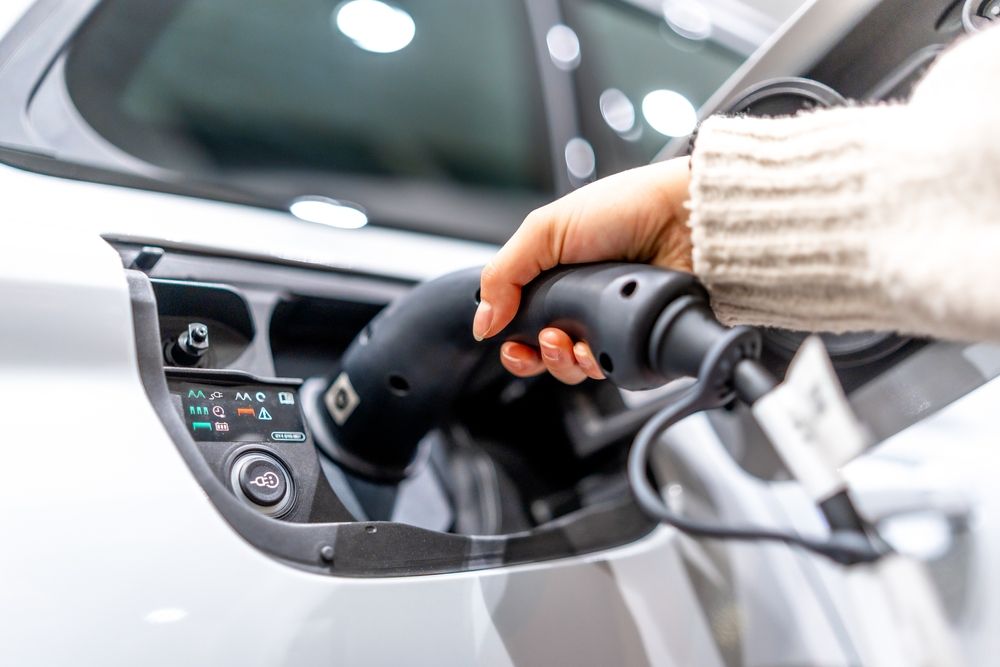More drivers than ever are thinking about switching to an electric vehicle (EV). With gas prices climbing and growing awareness of environmental issues, the appeal of an EV is clear. But there’s more to owning an electric car than simply plugging it in and driving off. Before making the investment, it’s important to understand exactly what daily life with an EV involves.
Here are 10 essential things you should know before owning an electric vehicle, so you can decide if it’s the right choice for your lifestyle and budget.
1. Not All EVs Are the Same
Electric vehicles come in a few different forms. The most common are:
-
Battery Electric Vehicles (BEVs): These run solely on electricity. They need to be charged regularly and have no gasoline backup.
-
Plug-In Hybrid Electric Vehicles (PHEVs): These have a smaller battery that you can charge, but also include a gas engine for longer trips.
-
Hybrid Electric Vehicles (HEVs): These don’t plug in. Instead, they use a traditional engine supported by a battery that recharges through braking.
Each type offers different benefits. Fully electric BEVs are the best for zero emissions and avoiding gas stations completely, while PHEVs can ease range anxiety with their hybrid capability.
2. Charging Takes Planning
Unlike a quick gas station stop, charging an EV can take time. The speed depends on the type of charger:
-
Level 1 (standard 120V outlet): Adds about 3-5 miles of range per hour. It can take over 24 hours for a full charge.
-
Level 2 (240V, like a dryer outlet): Adds roughly 20-30 miles of range per hour. A full charge overnight is typical.
-
Level 3 (DC fast chargers): Can charge an EV battery up to 80% in around 30 minutes.
Home charging overnight with Level 2 is the most practical setup for most owners. If you rely on public chargers, you’ll need to plan trips carefully, especially for longer drives.
3. Your Home May Need Upgrades
If you’re serious about getting an EV, installing a Level 2 charger at home is worth considering. But that means checking your electrical system. Older homes may not have a panel that can handle the extra load, and you might need an electrician to add capacity.
Costs can range from a few hundred dollars for a simple installation to over $1,500 for more extensive electrical work. Make sure to budget this when pricing your EV purchase.
4. Range Isn’t Always What the Sticker Says
If your EV’s sticker says it gets 250 miles on a charge, don’t expect that every time. Driving range is impacted by:
-
Weather: Batteries lose efficiency in extreme cold or heat.
-
Driving speed: Highway driving uses more energy than city driving.
-
Use of climate controls: Heating and A/C drain power.
-
Terrain: Hills require more energy than flat roads.
Most drivers learn to adjust and get a feel for how their habits impact range. With time, planning becomes second nature.
5. Maintenance Costs Are Usually Lower
EVs have fewer moving parts than traditional vehicles—no oil changes, spark plugs, or transmission problems. That means generally lower maintenance costs over the life of the car.
However, you’ll still have expenses like:
-
Tire rotations (EVs are heavier and can wear tires faster).
ADVERTISEMENT -
Brake inspections, though regenerative braking helps pads last longer.
-
Coolant for the battery system.
Over the long term, these savings can really add up, but it’s not maintenance-free.
6. Insurance May Be Different
Insurance premiums for EVs are sometimes higher. That’s because repairs can be more expensive—especially if battery components are damaged—and fewer shops are certified to work on electric drivetrains.
Still, the difference is often modest, and with more EVs on the road, insurance companies are becoming more competitive. Always compare rates and ask insurers if they offer any EV-specific discounts.
7. Charging Infrastructure Is Improving—But Not Everywhere
While public charging networks are growing quickly, some areas still have limited options. If you live in or frequently drive through rural regions, map out charging stations ahead of time.
Apps like PlugShare and ChargePoint make it easy to see where chargers are located and whether they’re currently in use. Also look into workplace charging—many employers are starting to install chargers for employees.
8. Incentives Can Significantly Lower Costs
Federal tax credits (up to $7,500 in the U.S.) plus state and local incentives can dramatically reduce your upfront costs. Many states also offer rebates, sales tax exemptions, or perks like HOV lane access.
Make sure to check:
-
If the EV model you’re considering still qualifies (some automakers have phased out of the federal credit due to sales volume).
-
Any additional incentives your utility provider might offer for home charger installations.
Combining these can shave thousands off your purchase.
9. Battery Longevity Is Generally Good
Modern EV batteries are designed to last. Most come with an 8-year or 100,000-mile warranty on the battery pack. While some gradual loss of capacity is normal, most owners see only modest range drops over years of driving.
Taking care of your battery by:
-
Avoiding frequent use of fast chargers (unless needed for trips).
-
Not always charging to 100% or draining to 0%.
These habits can help extend its life even further.
10. Driving an EV is Different—And Fun
Electric cars offer instant torque. That means they accelerate quickly—often faster than gas vehicles with similar horsepower. They’re also incredibly quiet and smooth, creating a calm driving environment.
Plus, regenerative braking captures energy when you slow down, often allowing “one-pedal driving.” It takes some getting used to, but many drivers end up loving it.
Owning an electric vehicle isn’t just about being eco-friendly or trendy. It’s about understanding how daily life changes—where and how you charge, planning long trips differently, and enjoying a new kind of driving experience.
By keeping these 10 factors in mind, you’ll be prepared to decide if an EV truly fits your needs. For many, the lower running costs, tax incentives, and sheer driving enjoyment make it an easy choice. Just go in with clear expectations, and you’ll get the most from your electric investment.





